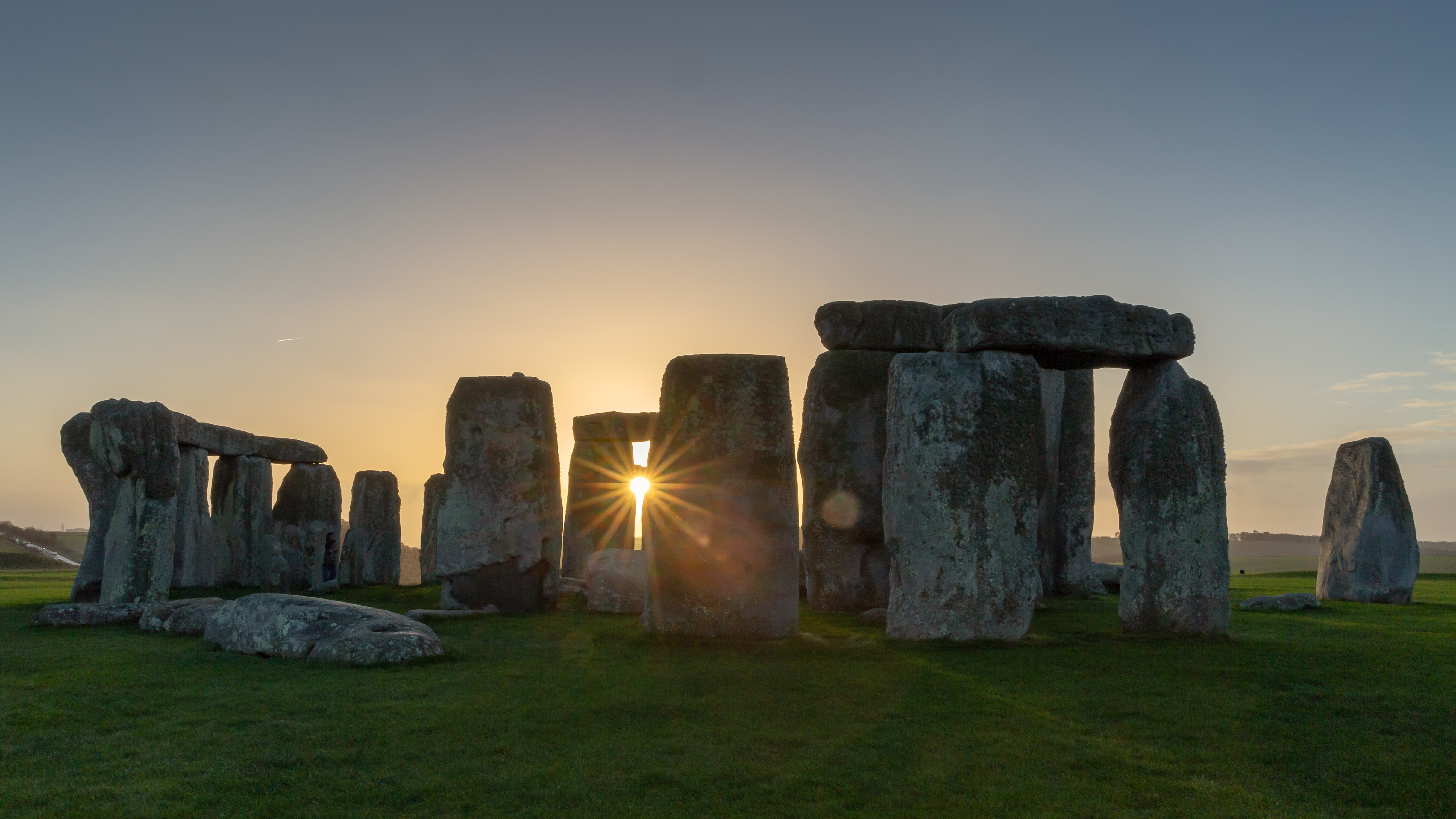
Astrophotographers shouldn’t hang about in June. With the last quarter moon rising on Thursday, May 30, the first 10 nights or so of the month will be the best for deep-sky imaging without moonlight getting in the way. That goes double for June in the northern hemisphere, with the imminent solstice meaning few hours of true darkness.
Luckily, the night sky always offers riches, with this month featuring some planetary conjunctions, excellent views of the Milky Way and a beautiful "Strawberry Moon,’’ the lowest-hanging full moon of the year. Here’s everything you need to know about astrophotography in June 2024…
Friday, 7 June: The youngest crescent moon
Every month, moon photographers have an unspoken competition to snap our natural satellite at its most slender. If you want to catch a very slim crescent moon just hours after it’s emerged from the sun’s glare, point your camera to the northwest about 20 minutes after sunset where you are, when you will see a 3%-illuminated crescent moon. It will be very close to the horizon and quickly sink beneath it.
Read: When to photograph the moon.
Thursday, June 20: Solstice
Solstice is a global moment that, in theory, is virtually impossible to photograph. At 20:51 Universal Time today, the sun will shine at midday as far north of the equator as it ever gets. Consequently, it will be highest in the sky, shine for the longest and set for the shortest time. It’s all a bit conceptual and wholly down to the tilt of Earth's axis. However, the longest day and shortest night of the year also see the sunrise at its farthest northeast on the horizon and set at its farthest northwest on the horizon. Cue neolithic structures, such as Stonehenge that are aligned to these points. Sunrise and sunset shots (such as Summer Solstice 2024) require research and positioning (use apps like Photo Ephemeris and Planit Pro).
Read: The best cameras for astrophotography
Friday, June 21: ‘Strawberry Moon’
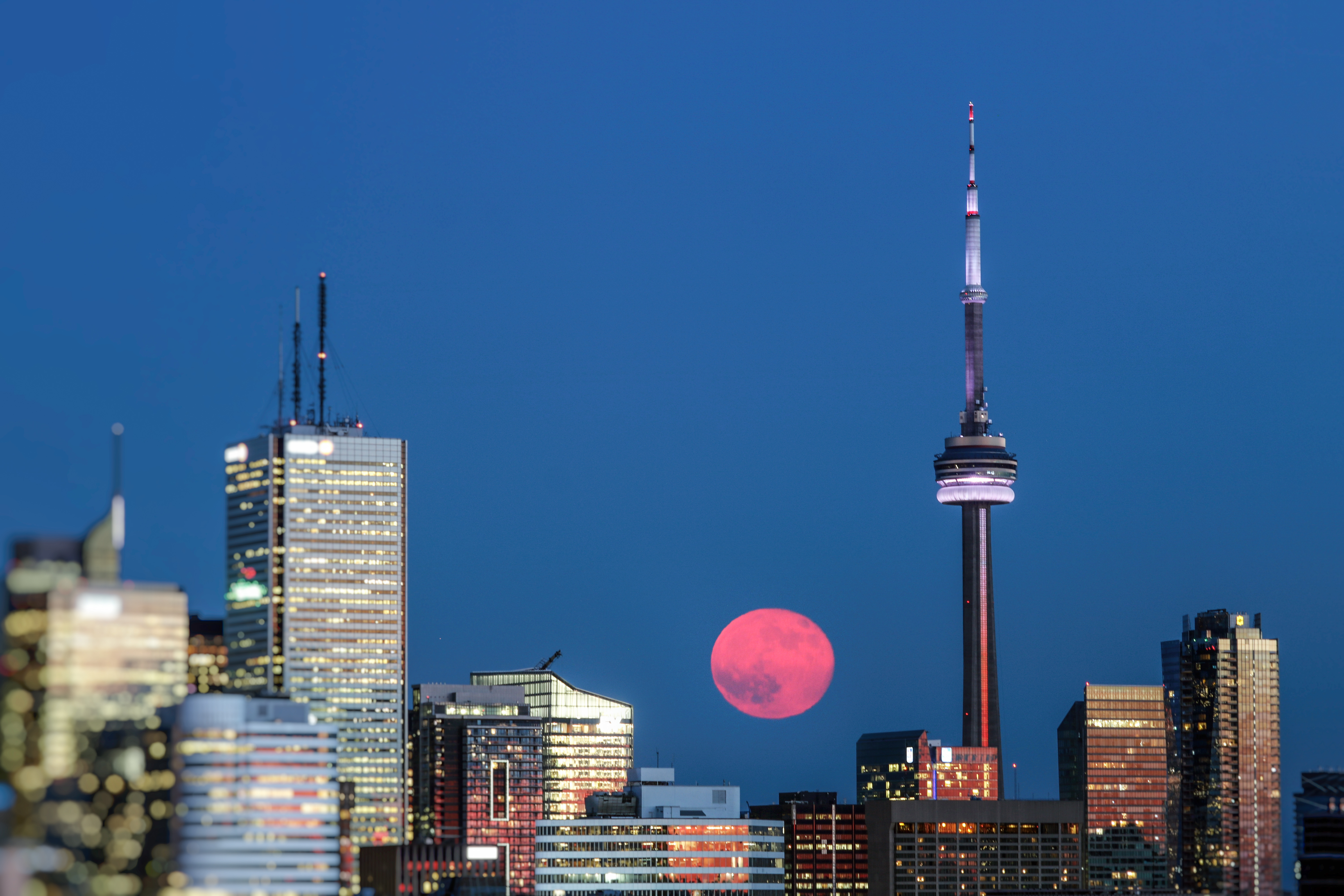
It’s always a highlight, but this month’s rising full moon has something unique about it in 2024. The moon's position tends to mirror the sun's, so it’s low in the sky when the sun is high. The full moon this month will appear as low as it ever can in the northern hemisphere, thanks to it virtually coinciding with the moment of the solstice. It will also rise at the latest time of any full moon in 2024. Check the moonrise/moonset times for your location.
Read: How to photograph the full moon
Saturday, June 22: A ‘lonely’ moon
Astrophotography is sometimes about the caption as much as the image itself. That applies tonight when an image of a just-past-full waning gibbous moon – 99% illuminated and rising about two hours before midnight – can be labeled as the most distant moon of the year. It’s an annual occasion called aphelion, which always occurs around the time of the full moon closest to Earth's own aphelion early in July.
Read: The best star tracker camera mounts
Tuesday, June 25: A special SpaceX launch
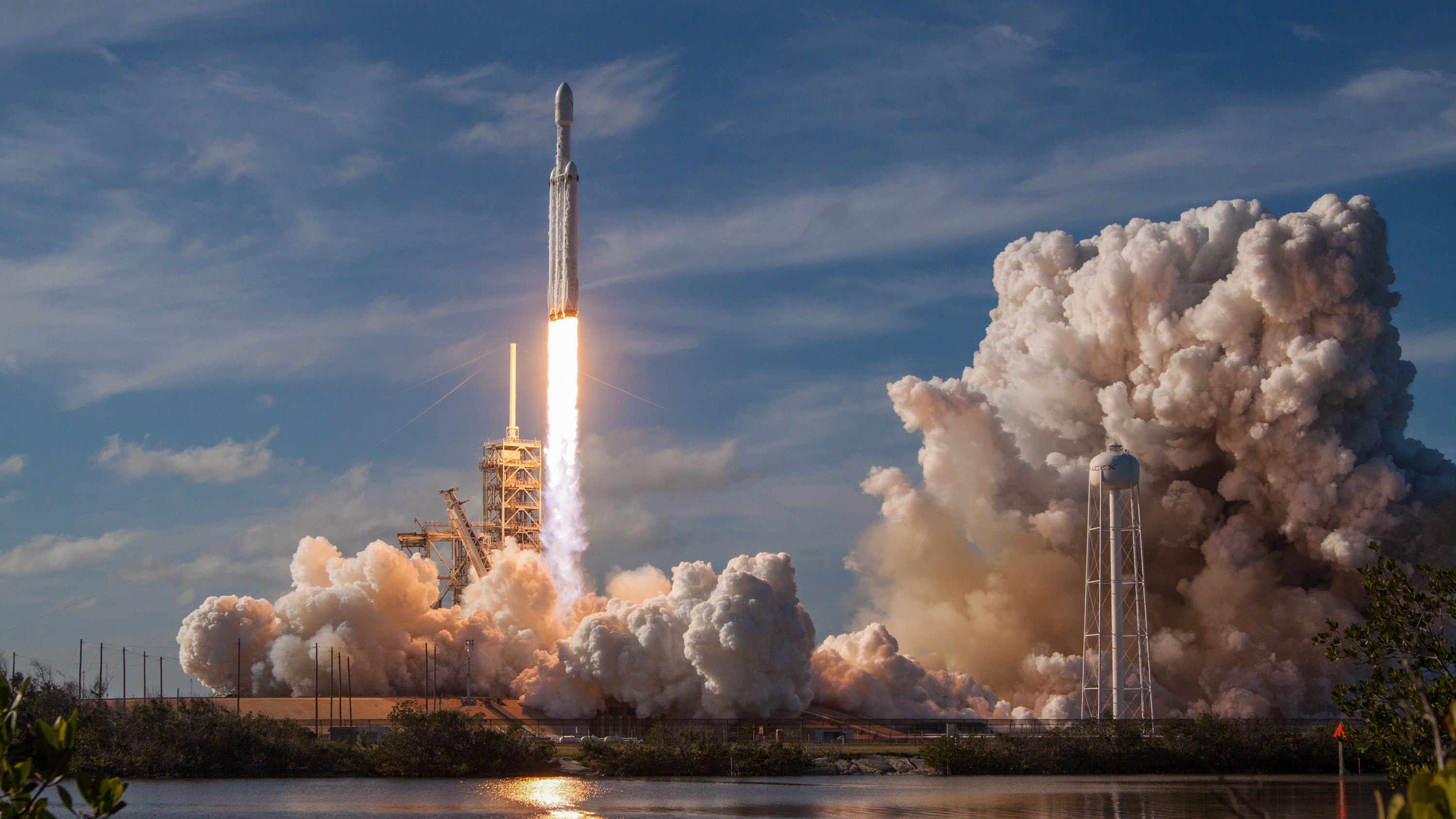
SpaceX launches using Falcon 9 rockets occur almost every week, sometimes even more frequently, but launches of the Falcon Heavy are far rarer. Just the tenth outing for the center-core-plus-two-boosters vehicle is planned for 5:16 p.m. EDT today from the Kennedy Space Center, Florida. The mission for NASA and NOAA will see the critically important GOES-U weather satellite inserted into a geostationary orbit 22,300 miles above the equator. For recommended places to watch and image specific rocket launches, see the Rocket Launch Viewing Guide for Cape Canaveral.
Thursday, June 27: Conjunction of the moon and Saturn
A waning gibbous moon will rise in the east in the early hours today close to Saturn, with Jupiter and Mars visible closer to the horizon as sunrise nears. You’ll need a tripod, a mirrorless or DSLR camera and a 300mm lens.
Read: The best lenses for astrophotography
Saturday, 28 June: Dark sky window opens
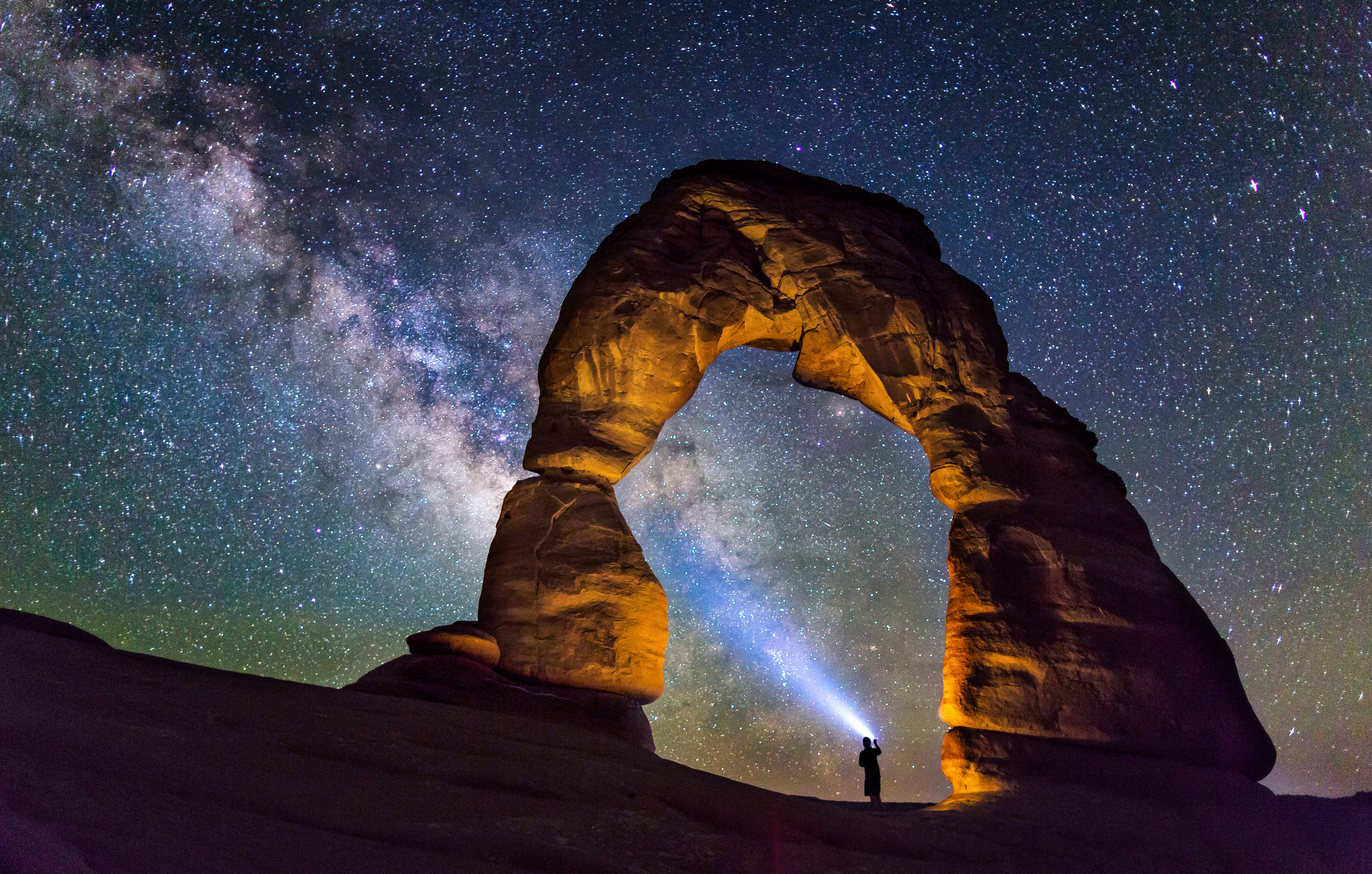
The short duration of the night north of the equator will remain an issue, of course, but for around 10 nights from tonight’s 50% illuminated last quarter moon (so, through 7 July), the nights will, at least, be free of moonlight.
Read: Astrophotography: How-to guides, tips and videos.
Astrophotography shot of the month: Bright satellite trails
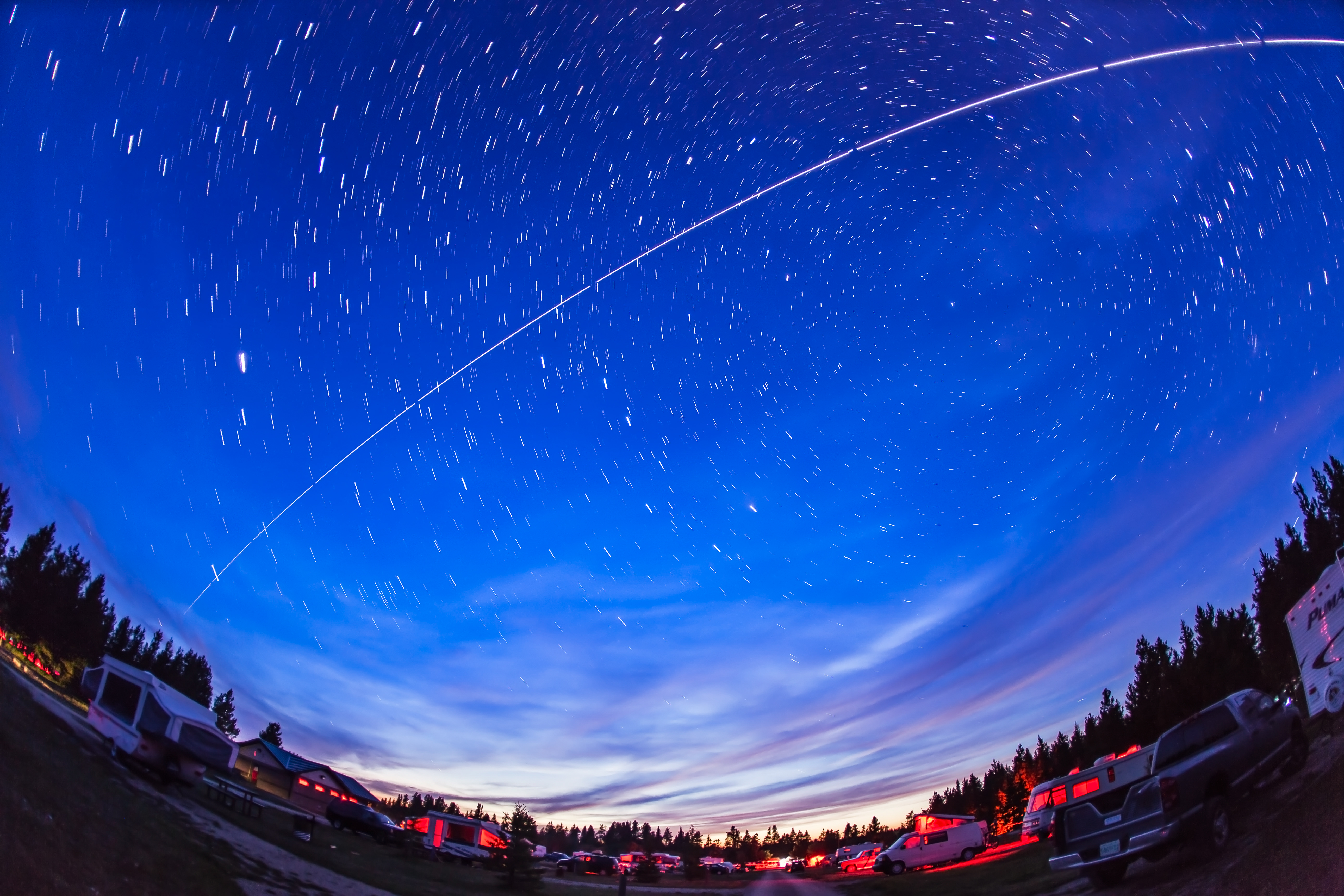
You might think that you can photograph satellites any night of the year. You’d be right, of course, but there’s something about June in the northern hemisphere that makes it the perfect time. You know that the sun sets late at night in the northwest and rises just a few hours later in the northeast. You may not know that the sun sets at a shallow angle and never gets far below the horizon. The result is a more prolonged twilight, during which satellites are lit up by the sun below. Get outside after the sun has gone down, and in June, it’s possible to see satellites almost all night, with them exceptionally bright during post-sunset and pre-sunrise twilight.
The best and brightest satellite is the International Space Station, where you can find exact timings for your location at NASA’s Spot The Station website. For images of it as a bright, constant white line, put a DSLR or mirrorless camera in manual mode on a tripod wearing a wide-angle lens. Point it west and, focusing on infinity (∞), take some 30-second exposures using ISO 100 and an aperture of f/2.8 (to as low as your lens will go). The ISS will rise in the west, cross the zenith (straight up) and fade as it travels west.
Read: How to photograph the International Space Station (ISS)
Read more:







